Boston’s Net-Zero Emissions Zoning Initiative: A Path Toward Sustainable Development

The Boston Planning & Development Agency (BPDA) has approved a groundbreaking zoning initiative aimed at achieving net-zero emissions for new developments. This ambitious policy is a significant step in Boston's commitment to combating climate change and promoting sustainable urban development. Here’s an in-depth look at what this new zoning initiative entails and its potential impacts on the city.
Key Components of the Net-Zero Emissions Requirement
- Scope and Application: The new zoning rules will apply to new developments filed after July 1, 2025, that have at least 15 units or cover 20,000 square feet. Additionally, any additions to existing buildings that exceed 50,000 square feet must also comply.
- Exemptions and Phasing: Recognizing the unique challenges faced by specific sectors, the policy grants longer timelines for compliance. New life sciences labs have until 2035, while hospitals and manufacturing buildings have until 2045 to achieve net-zero emissions.
- Embodied Carbon Reporting: Building owners with properties over 50,000 square feet must report their building’s embodied carbon—the total emissions from construction materials over the building's lifecycle. This data will help establish future limits on embodied carbon.
- Compliance Options: Developers can meet the net-zero requirement through various methods, including purchasing renewable energy credits or contributing to a city fund dedicated to supporting decarbonization efforts.
Public Support and Criticism
The initiative has garnered mixed reactions. Supporters, including BPDA Board Member Matt O'Malley, highlight the urgency of addressing climate change and the benefits of sustainable development.
Critics, particularly from the real estate sector, express concerns about the increased costs and potential negative impacts on development.
Approval Process and Next Steps
Before the policy is implemented, it requires approval from the Zoning Commission. This step is crucial for ensuring that the new regulations are aligned with broader urban planning and development goals.
Benefits of the Net-Zero Carbon Zoning
- Accelerated Emissions Reduction: The policy aims to expedite the city's transition away from fossil fuels, setting a target for net-zero emissions in new buildings by 2050.
- Increased Sustainability Standards: New buildings over 20,000 square feet will need to meet the LEED Gold standard, a higher benchmark for sustainability compared to current requirements.
- Embodied Carbon Reporting: The requirement for large buildings to report their embodied carbon will pave the way for establishing limits on these emissions, promoting more sustainable construction practices.
- Long-term Approach: By prioritizing low-carbon building construction and the use of renewable energy sources, the policy takes a long-term view of sustainability.
- Enhanced Climate Resilience: The initiative aims to create a more resilient built environment, crucial for mitigating the impacts of climate change.
- Alignment with State Regulations: The policy is consistent with the state's Stretch Energy Code and Specialized Municipal Opt-in Code, both of which target net-zero emissions by 2050.
- Public Engagement and Feedback: The BPDA has actively engaged with the public through meetings and listening sessions, incorporating valuable feedback into the final policy.
Impact on Housing Affordability
Positive Impacts:
- Long-term Savings: Efficient building designs and renewable energy sources are expected to reduce energy costs for residents, leading to long-term savings and potentially making housing more affordable.
- Increased Sustainability: By promoting sustainable practices, the policy could improve the quality of life and health for residents, thereby enhancing housing value and affordability.
- Equitable Development: The initiative focuses on decarbonization efforts in low-income neighborhoods and communities of color, addressing historical disparities in access to sustainable and affordable housing.
Negative Impacts:
- Increased Construction Costs: The stringent requirements may lead to higher construction costs, which could increase housing prices and affect affordability.
- Phasing and Exemptions: The extended timelines for certain projects might result in higher costs and longer transition periods, impacting overall affordability.
- Potential for Displacement: The increased costs and regulatory burden could lead to gentrification and displacement of low-income communities, exacerbating existing affordability issues.
Balancing Sustainability and Affordability
The new net-zero carbon zoning policy represents a significant step forward in Boston’s sustainability efforts. However, its impact on housing affordability will largely depend on how the city manages the balance between environmental goals and economic realities.
By considering the needs of all stakeholders and ensuring equitable development, Boston can create a sustainable urban environment that benefits everyone.
Categories
Recent Posts


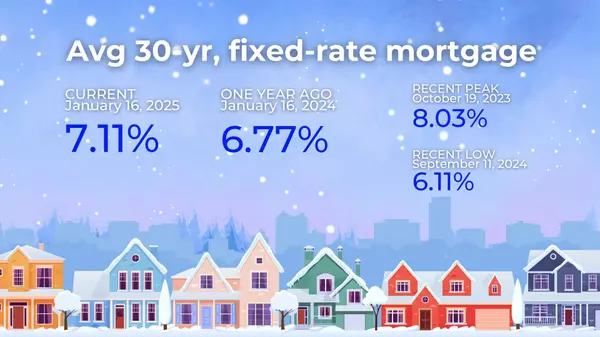
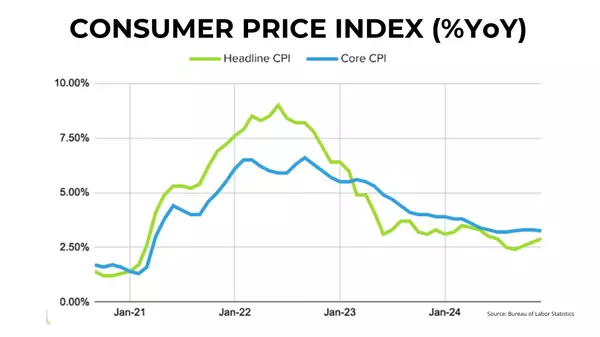
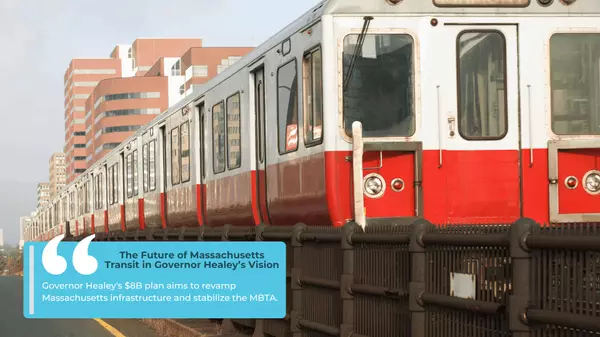

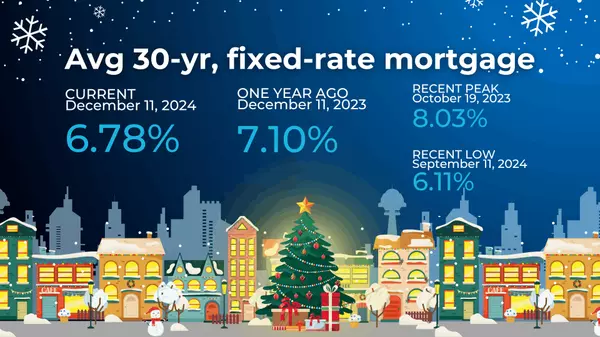
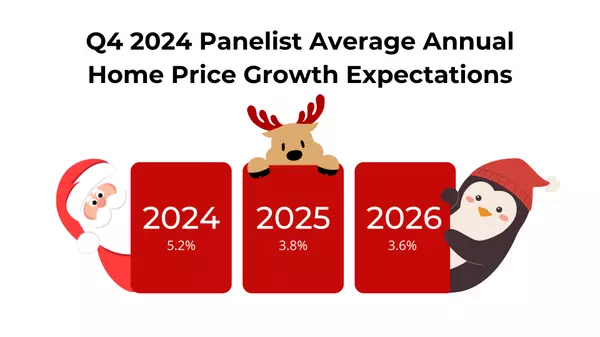
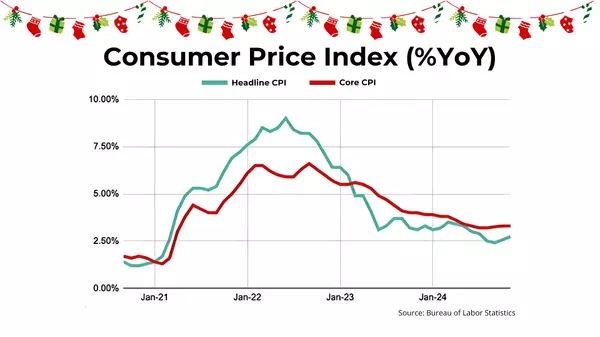

GET MORE INFORMATION

